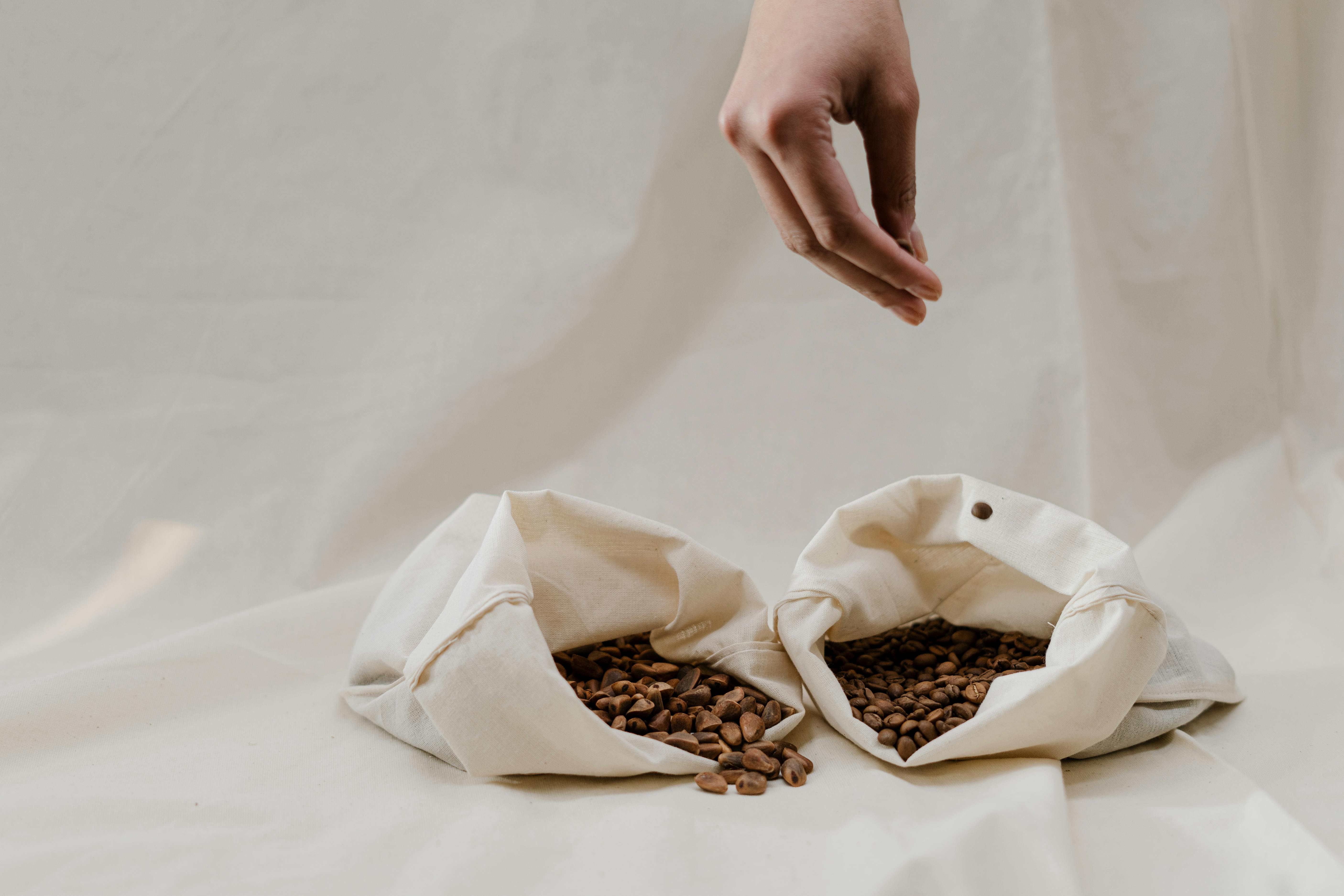
Apply Now


Effective Ways to Draw Humans: A Modern Guide for 2025
Understanding the Importance of Human Drawing
Drawing humans is an essential skill for any artist. Whether you're aiming to pursue a career in animation, character design, or traditional portrait painting, understanding how to draw humans contributes significantly to your overall artistry. This intricate task involves mastering various techniques, such as proportion in drawing, gesture drawing, and human anatomy. By effectively capturing the nuances of human figures, artists can create more expressive and dynamic works. Among the several drawing techniques available, observational drawing stands out as particularly beneficial. It allows artists to study and replicate the intricacies of the human form, observing movements that bring a sense of life to sketches. Engaging in life drawing classes or figure study sessions can tremendously enhance your skills and help develop a keen eye for detail. This article serves as a comprehensive guide for aspiring artists and seasoned professionals alike. We'll explore various strategies for mastering the art of drawing humans—from understanding anatomy and body proportions to applying shading techniques and realistic portrayals.Proportions and Anatomy: The Foundations of Human Drawing
Understanding proportions in drawing is fundamental for any artist. The human body follows specific measurement ratios, which provide the groundwork for figure drawing. For instance, an average adult human figure is about 7 to 8 heads tall. Mastering these proportions is crucial for achieving consistent and realistic results in your sketches. Resources such as art books and anatomy references for artists can be beneficial for deepening your knowledge in this area. Moreover, you'll find that human anatomy is not just about memorizing muscle groups and bone structures. It involves comprehending how these elements work together to create movement and life, incorporating aspects like body language and facial expressions drawing into your sketches. By familiarizing yourself with these fundamentals, you build a solid and reliable foundation for your art.Essential Drawing Techniques for Capturing Movement
One of the best methods for conveying life and energy in your artwork is through capturing movement. Gesture drawing is a popular technique for doing just that. It emphasizes quick sketches that represent the essential forms and movements of the body. Practicing gesture drawing enhances your understanding of dynamic poses, allowing for a more fluid representation of the human figure. Incorporating motion in your illustrations adds depth and realism, elevating your artwork from static to dynamic. Remarkably, even a few lines can convey a lot of movement and emotion. This proficiency in drawing emotions and body language not only enhances your sketches but also evokes a stronger emotional response from viewers.Mastering Sketching: Tools and Techniques
Essential Tools for Drawing Humans
Investing in quality drawing tools is crucial for every artist. Choose from a variety of pencils, charcoal, and inks, ensuring you have the right instruments to express your artistic vision. Digital drawing has gained immense popularity lately; it provides tools for efficiently capturing human figures in various styles. Drawing apps often feature customizable brushes and layers, allowing artists to experiment without compromising their traditional skills. For traditional artists, consider the texture and weight of your paper. It’s vital to select mediums that work with your skill level, whether you prefer detailed anatomical sketches, body proportions, or engaging in more expressive work. Many artists distinguish their styles by experimenting with different mediums, so don't hesitate to explore variations.Proven Drawing Exercises for Improvement
When it comes to honing your skills, engaging in drawing exercises can prove invaluable. These can range from simple forms to detailed anatomical studies, enhancing your understanding of human figures. Online resources often provide assignments and prompts to challenge your existing skills. You could also consider joining local art critique groups for constructive feedback on your drawings, which offers opportunities to grow through community engagement. Drawing prompts can stimulate creativity and provide new perspectives on typical exercises. Whether you’re sketching body movements or working on character design, practicing with a purpose will help you improve your technique over time.Shading Techniques for Realism in Drawing
Realism in drawing hinges heavily on effective shading techniques. Graduating tones from light to dark creates depth and dimension in your sketches. Understanding light and shadow in drawing is critical—observe how they interact with the human form, affecting proportions and curves. Mastering techniques like hatching, cross-hatching, and blending can elevate your work significantly. Also, familiarize yourself with rendering skin textures—this detail contributes to the overall realism of your portraits and figure drawings. Eschew flat representations by incorporating varied shading that evokes life and feeling in your subjects.Sketching Advanced Human Features
Realistic Facial Features Drawing
Drawing heads and facial features accurately is a major aspect of figure drawing. Each aspect of the face, from the eyes to the nose and mouth, has its own set of proportions and angles that need to be studied closely. Understand the distances between features—often referenced as measurements of the ‘face grid.’ Mastering how to draw a human head starts with these principles and evolves into creating a likeness. Regular practice of drawing expressions can significantly enhance your ability to convey emotion through portraits. Engaging in artistic exercises that focus specifically on capturing various emotional states will expand your expressive range while drawing.Understanding Body Landscapes and Limbs
When drawing limbs and the overall human silhouette, awareness of the anatomy and its range of motion is vital. Study the dynamics of how arms and legs interact with various poses. Viewing online drawing tutorials can further clarify how to structure muscles and joints, enhancing accuracy in your work. A helpful technique to consider is character development through your understanding of distinctive body parts, including hands and feet. Emphasizing these features within context enhances their presence and relevance to the overall composition.Exploring Different Drawing Styles
The beauty of art is the myriad of styles available for artistic expression. Exploring various drawing styles from realism to abstraction can inspire new techniques in your figure drawing. Study different traditions, such as classical techniques or modern methods, which might incorporate digital tools or multi-media approaches. Art communities often gather in conventions or workshops that can expose you to diverse techniques. Don't hesitate to collaborate with other artists to explore new concepts and ideas. Engaging with a drawing community can also enhance your learning through shared experiences and collective critique.
Cultivating Observational Skills for Artists
Using References Effectively
Drawing from reference material is standard practice for artists aiming to improve their human figure sketches. This could involve studying photographs, attending life drawing classes, or utilizing figure reference websites. Observational skills are refined through this practice; translating what you see onto paper or canvas allows for faster results and improved accuracy in your art. Recognizing human behaviors and poses in real life can also boost your drawing competence. Develop ideas through observing human interaction or through the lens of visual storytelling, translating these observations into compelling art pieces.Feedback and Improvement in Your Art Journey
Seeking feedback on your drawings is critical to your growth as an artist. Be open to both constructive criticism and praise; understanding the strengths and weaknesses of your work can pave the way for improvement. Engaging in art challenges and competitions can offer additional avenues for critique and refinement of your skills. Building an art portfolio filled with varied styles and techniques can showcase your development over time. Remember that every sketch may not achieve perfection but serves as a learning step towards enhancing your skills.Online Drawing Lessons and Resources
Numerous online art courses and resources are available for those looking to improve their skills in drawing humans. Virtual life drawing opportunities provide real-time practice with a live model, often offering a diverse range of poses from dynamic to static. Art tutorials available on websites and platforms can cater to various levels—aligning with your proficiency. Whether you're just starting or refining advanced techniques, these resources can significantly enhance your practice.